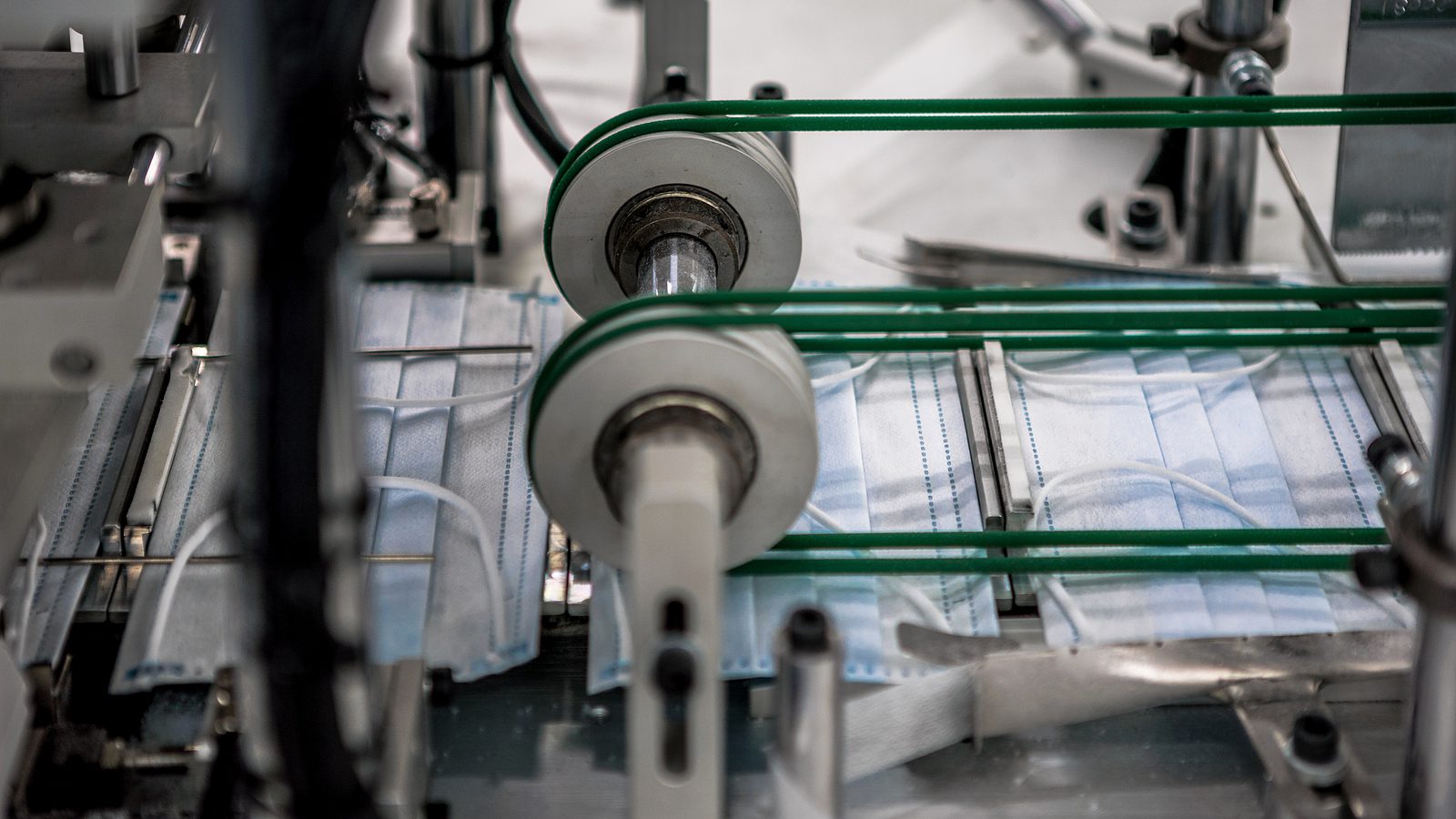By Laser 1 Technologies
Trends In Manufacturing Jobs
While job trends in manufacturing are interesting and useful to track, they don’t tell the whole story of the industry, as efficiency, technology and robots converge to increase production. Here’s a little roundup of what the experts are saying, with links to read the whole article.
Fewer, More Highly Skilled Employees
According to the Society for Human Resource Management (SHRM):
The U.S. lost about 5.5 million manufacturing jobs between 2000 and 2017, according to a new study report from the University of Chicago. But during those same years, output from U.S. factories increased, indicating that improvements in productivity are a big driver for the decline in employment. Fewer workers are needed to produce more, and that’s not going to change.
SHRM also observes that the skill level demanded is on the rise:
In the late 1970s, nearly 30 percent of employed men with less than a high-school diploma worked in manufacturing. By last year, it was less than 15 percent.
Conversely, the share of workers ages 25 to 29 working in manufacturing with a bachelor’s degree rose 5.5 percentage points in the past two decades to 26.6 percent. That was a larger increase and a higher rate of college education than found in the retail or construction industries, and a faster rate of growth than for the workforce overall.
Another interesting factor in the manufacturing jobs scene: Tech hiring is on the upswing in non-tech companies, for the same reasons. GQR, a global STEM (Science/Technology/Engineering/Math) recruiting firm, has a blog on the topic this month.
Tariffs on Steel and Aluminum
There’s also debate about the impact of new tariffs on steel and aluminum. According to SHRM,
The Trump administration’s proposed tariffs on aluminum and steel are unlikely to bring back the manufacturing jobs lost in recent decades, and could instead cost tens of thousands of U.S. jobs, according to economists.
In March, the U.S. placed a 25 percent tariff on foreign steel and a 10 percent duty on aluminum from abroad. The tariffs are specifically directed at China, the country’s biggest trading partner, while other large suppliers such as Canada, Mexico and the European Union have been exempted for the time being, though marked for import quotas and other restrictions, the White House said.
The hope is that buyers will shun the more expensive foreign suppliers and increase demand on U.S. manufacturers to supply the steel. But it may not work out that way.
Mark Zandi, chief economist for Moody’s Analytics, believes that instead of restoring U.S. jobs, the proposed levies will have the opposite effect. “Steel and aluminum tariffs will cost American jobs,” possibly up to as many as 190,000 jobs, in sectors like manufacturing and agriculture, he said.
A study commissioned by the Consumer Technology Association and the National Retail Federation put U.S. job losses at 134,000, including about 67,000 U.S. agriculture jobs, due to Chinese retaliation. “Our view is that tariffs and trade wars are a measurable loser for the U.S. economy,” said David French, senior vice president of government relations at the National Retail Federation.
Job Numbers Offer Optimism
March was a strong month for the manufacturing industry as a whole, as well as for job figures in manufacturing, according to CNBC.com.
March was another strong month for the Industry. The manufacturing industry has added roughly 293,000 jobs since President Trump’s election, according to the Department of Labor data. Much of last month’s gains — as well as the yearly uptick — came from durable goods manufacturing, the Labor Department said.
The manufacturing sector added 22,000 jobs in March bringing its 12-month gain to 232,000 jobs, the Labor Department said Friday. Much of last month’s gains — as well as the yearly uptick — came from durable goods manufacturing, the department said.
As for the strong yearly gains in manufacturing, “the expectation is you’ve had a big boost in business sentiment as well as corporate tax cuts,” said Scott Brown, chief economist at Raymond James. “There’s an expectation you’ll get more capital spending in the months ahead and the stronger global economy has also been a factor.”
Trump has made strengthening U.S. manufacturing a priority for economic policy. Both the president and Republican lawmakers passed tax cuts during Trump’s first year in office, which included incentives the GOP hopes will encourage manufacturing investments.
Employment in manufacturing has steadily increased since Trump’s election; the manufacturing industry has added 293,000 jobs since November 2016, according to the Department of Labor.
Many Factors Impact a Complex Global Market
It’s great to see the positive news about job growth, but as always, this complicated global world has many moving parts. It seems certain that the trend of relying on fewer, more skilled workers won’t change. Other factors are harder to assess with certainty, but the growth of jobs in the past year or so is reassuring.




